The style of speed jigging is predominately done over deep water as it covers the entire depth from top to bottom and can be very effective for predators. If your lure is worked correctly then it should imitate a fish in distress that is fleeing from a predator which will entice the predator to strike. Some of the most common places where this is an effective method are places such as Papua New Guinea, Rodrigues, Andaman, Madagascar, Mexico, Panama, Costa Rica and that’s just to mention a few. Basically anywhere where you find predators, this technique will work but be prepared as it is hard work.
There are many different techniques of jigging, all involving dropping different lengths, shapes and colours of lures into the dark depths and then working it to entice a hungry predator to hit it. With jigging techniques such as slow, speed and butterfly all proving to be popular methods to fish with you could be left scratching your head as to the best method to use. If in doubt always seek advice from your captain or deckhand on the best method for your chosen species. All the species will take a lure worked differently so make sure you are aware of how to work your lure, how fast to retrieve and sometimes what colour to use.
In this blog, we will take you through the method of speed jigging. This fast and furious arm aching technique will leave you sweating but when all else fails this enticing way of working the jig could be the difference between hooking into a fish or having a quiet day at sea.
Speed Jig Tackle
The rods and reels used for jigging all depend on what species and depth you will be fishing at. These are normally very personal choices as some anglers prefer fishing very light and others like a heavier rod. Budget always plays a part in what tackle to buy, but we recommend you spending time and research on rod and reel selection as these are an expensive purchase. Most of our destinations that offer this style of fishing, you can hire the equipment for a fraction of the cost of purchasing it so we recommend for at least your first visit that you hire the equipment, that way it will give you a feel for if this style is for you and more importantly what is needed.
Metal jigs of around 100 – 300 grams are used and these can be balanced with either a centre weight or a tail weight. As the name suggests, centre-weighted jigs have the balance of the weight around the centre of the jig meaning that the jig flutters more under the water with a slower descent which is perfect for Barracuda, Sailfish and Kingfish. Tail weighted jigs have the weight balanced more towards the tail meaning that they fall through the water much quicker and are easier to fish due to their streamlined nature.
These jigs are designed more for fishing in deeper water. It is important to rig the jigs correctly with good quality single hooks and heavy assist cords as normally, when these fish hit your jig they head off in the opposite direction and can snap poorly tied or low quality assist cords. The hooks are normally attached via the top of the jig and can be fished as single hoks or two assist hooks. Many companies supply the assist hooks pre-tied and come in all manner of lengths for all different size jigs so its important to make sure you purchase the correct length as you want your assist hook to finish around a 1/3 to 1/2 way down your jig to get the best hooking potential. The best way to make sure your hook sits correctly is to tie them yourself. Once you have all the material it’s very easy.
Boat Speed
When jigging you have to ensure that the boat is either drifting at a slow speed or is anchored up, this is due to the fact that too much forward motion will not allow the jigs to be fished as effectively. Too much forward motion means the jigs will be towed higher up in the water instead of being fished vertically. Once you have ensured that the boat is positioned correctly you can commence fishing.
Method
When speed jigging you will lower your jig all the way to the sea bed, once your jig hits the bottom you must retrieve fast with short fast jerking arm movements to imitate a dying fish. Once you feel you have passed the kill zone (the area you believe the fish to be feeding) then you should let the jig fall back down to the required depth and work it back up with these fast and jerky movements. When you first try this method you may feel very uncomfortable with the pumping of the rod then the reeling, but after a short while, you will get into a rhythm which will help you greatly. This way of fishing should leave your muscles burning because you are constantly winding fast and jerking the jig to get a fish to hit and hook itself and when it does you will certainly know about it. It is important to keep your lure in water for as long as possible as you never know when you could miss out on the action.
Below is some information of the three most common practises when jigging. We will give you some information about rods, reels, jigs and the actual technique of the art of jigging
Slow Pitch Jigging
This technique was introduced to the world from anglers in Japan who stumbled across this style of fishing while trying to temp fish when they were not feeding. Many big fish will only feed at certain states of the tide and anglers soon worked out that fishing this way actual tempted big fish to take their jigs even if they were not in the feeding mood. Unlike the other methods where you will be trying to make your jig look like a prey fish trying to escape a predator, this method is very different. The method needed for Slow Pitch Jigging is very different, you will be using much smaller jigs with very small precise movements fished near the sea bottom and you need to make your jig look like its a wounded fish trying and failing to swim away from the seabed. This way it will entice even the laziest big fish to strike as it will come across as an easy meal to them, instead of having to chase the jig.
- What rods are needed? This is where it gets a bit technical and all depends on your budgets, but be prepared to spend a fair bit of money on the rods and reels needed for this style of fishing. The rods needed for this style of fishing look almost comically thin but the strength is in their parabolic bend. These rods will bend from the butt to the tip which helps distribute the weight. The rods all come in different weight classes and should be used on conjunction with the correct jig size to get the most out of the rod and the jig. The weights come in from 60g to heavy deeper water 400g.
- What reels are needed? Slowpitch jigging reels are unique in their appearance and are a thing of beauty. Most Slow Pitch Jigging reels are very small, light and narrow but they more than makeup for their size in the gearing which is more than capable of taking some severe punishment. The design gives the angler full control while playing the fish as the drag is completely adjustable while playing fish which is key to the whole technique.
- What is a Slow Pitch Jig? There are many different slow pitch jigs on the market ranging from cheap to very expensive and all have different movements in the water. What they will all have in common though is that they have been designed to flutter and jerk in the water imitating a distressed fish. They come in all manner of colours and weights and range from 50g all the way up to 500g.
Speed Jigging
The art of Speed jigging is a great all-rounder and will catch so many different species from all manner of depths. There are many different methods or styles of Speed Jigging but what they all have in common is the art of imitating a fleeing injured fish. Some people like a short pumping action and quick reeling and others prefer longer up and down action with less reeling which will make your jig flutter on the way up. The most important thing is to keep your jig moving quickly, bouncing around and flashing which will attract all manner of fish to strike.
- What rods are needed? When working your jig at speed it is important to look for a rod with a good parabolic action that will help you to move the jig. The rods are normally short rods and made from graphite or carbon fibre which allows for maximum strength without losing flexibility. The rods range from 100g to 400g and should be matched to the weight of jig selected.
- What reels are needed? A typical reel that has been designed for jigging is typically narrow spooled which has been designed to hold braided mainlines. The retrieve ratio is normally between 4.1:1 and 6.2:1. The main reasons behind jigging reels being narrow are because they have been built to hold braided lines rather than mono. Having a narrow spool will lay the braid across the spool more evenly over a wide section spool. Another major factor in having a narrow spool over the wider ones is to reduce sideways torque or wobble when cracking the reel and last but not least it cuts down on the overall weight of the reel. The reel you choose should have a high drag capacity of between 10-20kg to halt those hard fight fish.
- What is a Speed Jig? A Speed jig has been designed to get to the bottom quickly meaning more time in the kill zones. A typical Speed jig is often called a Knife Edge as it has been designed to cut through the water at some speed. There are many different colours and sizes which all, in turn, offer different movements in the water. An important factor when choosing your jig is the weight compared to your rod as if the jig is too heavy for the rod then you will not get the best out of your jig and may not be able to give the jig the best movement. Some Speed jigs come fitted with assist hooks and some don’t but don’t get put off the ones with no hooks as they are fairly easy to tie.
Butterfly jigging
This technique again covers the entire water column and it is very important that you chose wisely on the size of Butterfly jig according to the waters depth. There is no point in using a jig over 250g in only 60ft of water as the jig will not have time to do what it has been designed for. Whereas, if you use a 250g jig in 200ft of water then the braid will give the jig some resistance slowing it down and giving it time to do what it has been designed to do. Another little tip is to keep the whole rig simple, less bulky items on your setup the better, it will improve your jig action. So cut down on the size of split rings and swivels this will in turn give your jig less resistance making it work on its way down. the retrieve speed will always depend on what species you are targeting and it is important to speak with your fellow anglers and work together to determine the speed the fish want it presented to them.
- What rods are needed? Pretty much the same set up for your speed jigging can be used just remember to match the jig to the rods capacity that way you will get the best out of your rod and jig. A good quality short rod will be perfect for the job
- What reels are needed? Again, the choice of a reel is very similar to speed jigging. The important factor to consider is the drag and retrieve ratio has to be right. Many anglers now use fixed spool reels and there are some great brands on the market. An important thing to consider when choosing a fixed spool reel isn’t the size and how much braid it can take, it’s the drag that you can apply and the retrieve ratio.
- What is a Butterfly jig? There are many different butterfly jigs on the market and they all perform in different ways. Some spin in a circular motion on the retrieve and some will simply wobble. All will catch fish and it is important to have a good selection of them as one will work one day but not the next.
The next time you are jig fishing and fancy trying a different tactic put speed jigging to the test, you may be surprised at how effective it is to get those big angry predators to smash your rod over.
Tight lines,
Paul Stevens
Do you have any tips on speed jigging? If so, leave them in the comments below.
Contact us
If you have any questions on any of the jigging trips we offer, you can get in contact with our big game fishing team on 01603 407596 or by emailing them at info@sportquestholidays.com and our team will be happy to help you with any queries you have. To watch these techniques in action, make sure to view our dedicated Popper and Jig fishing playlist here on Youtube.
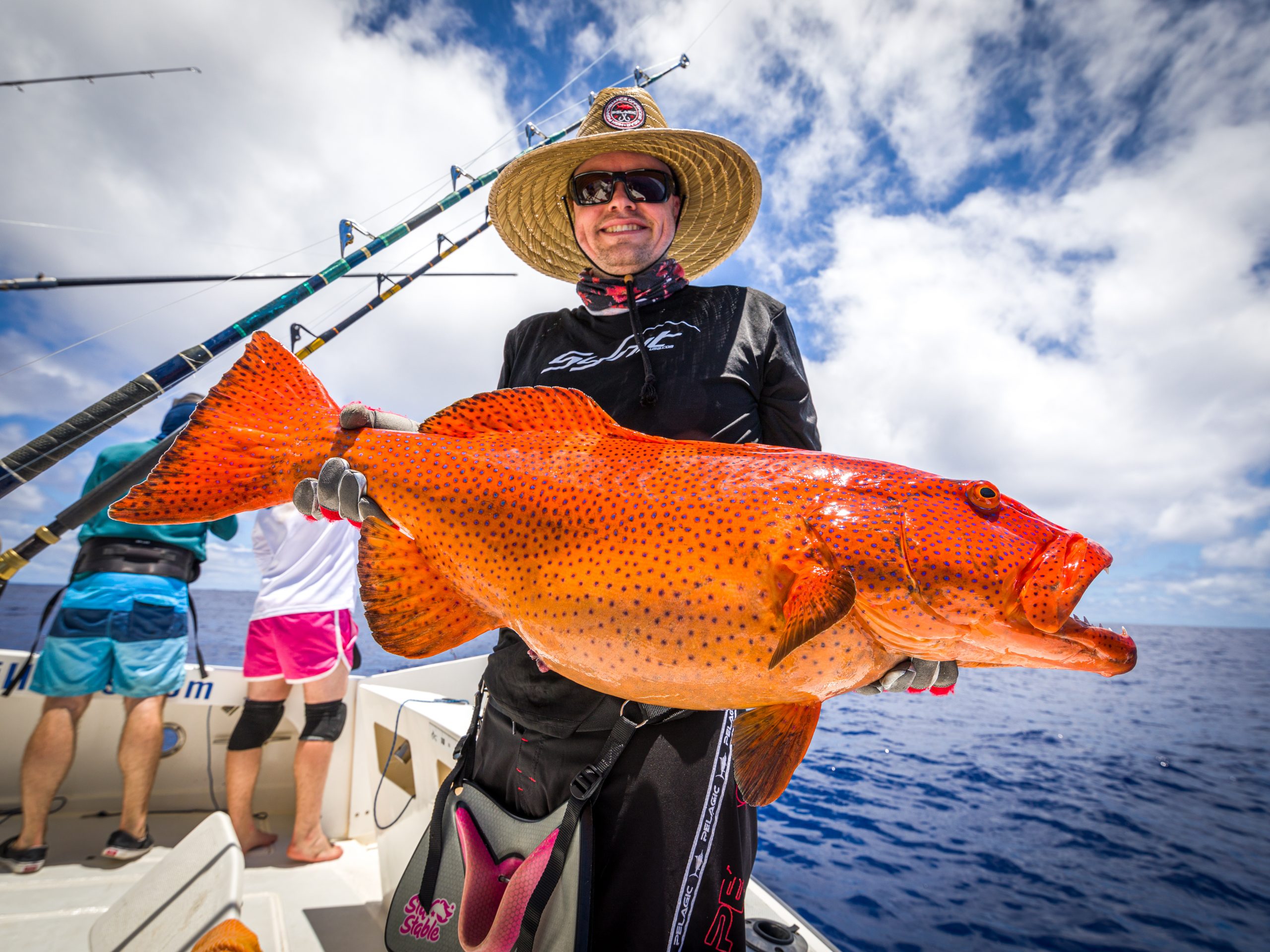
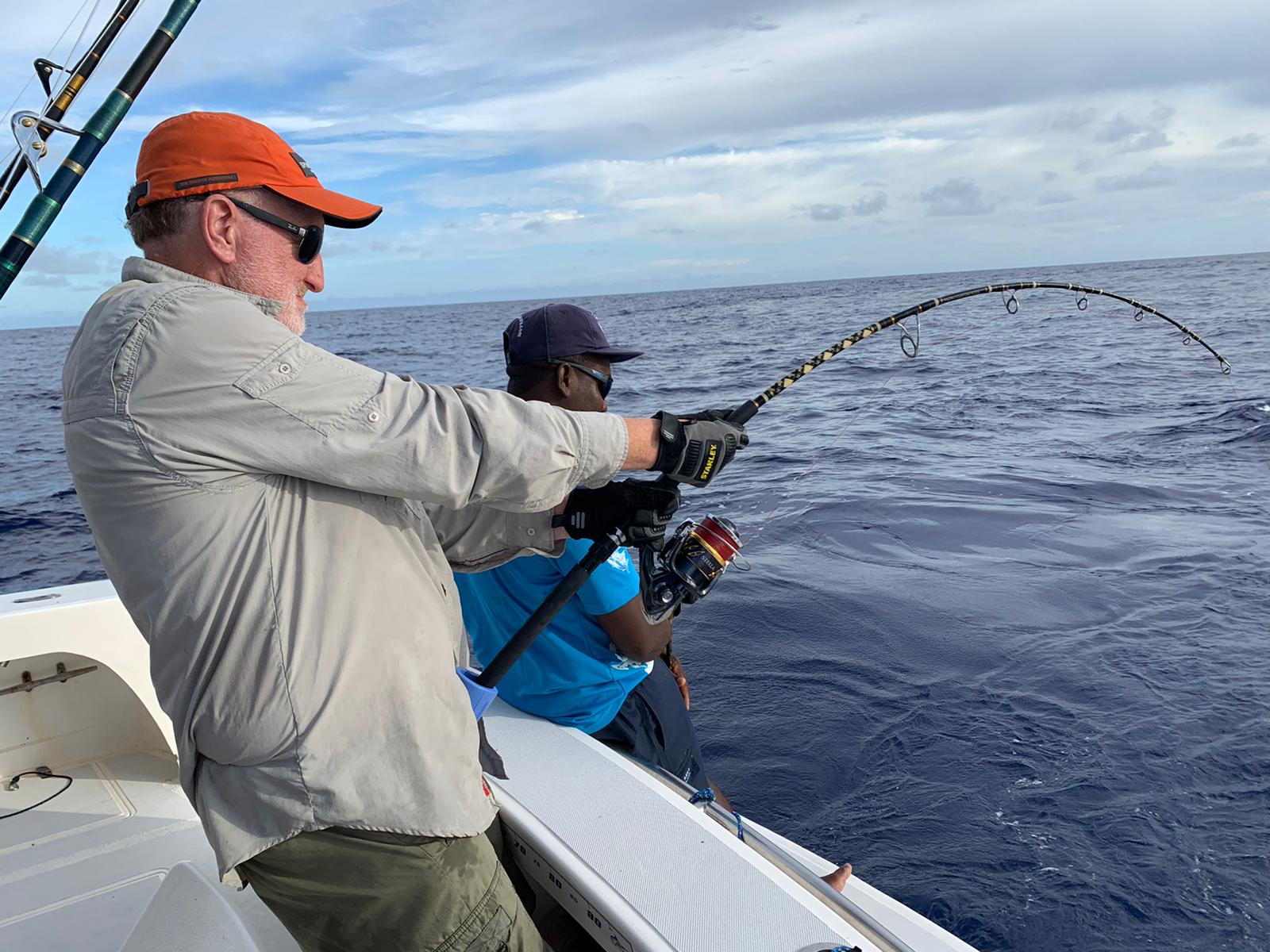
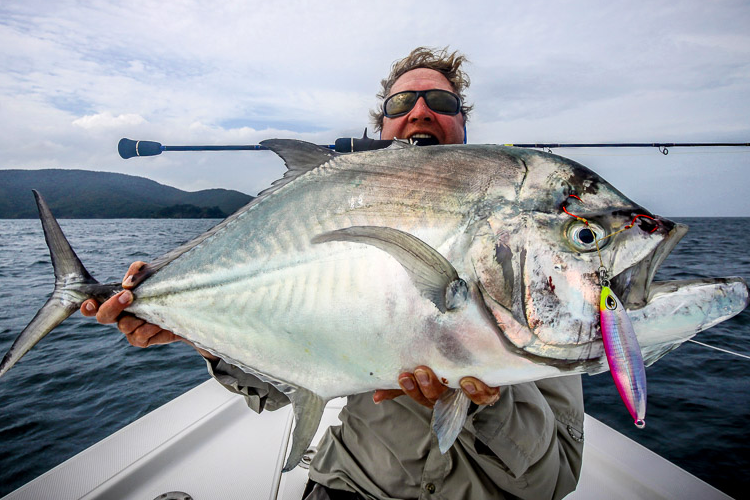
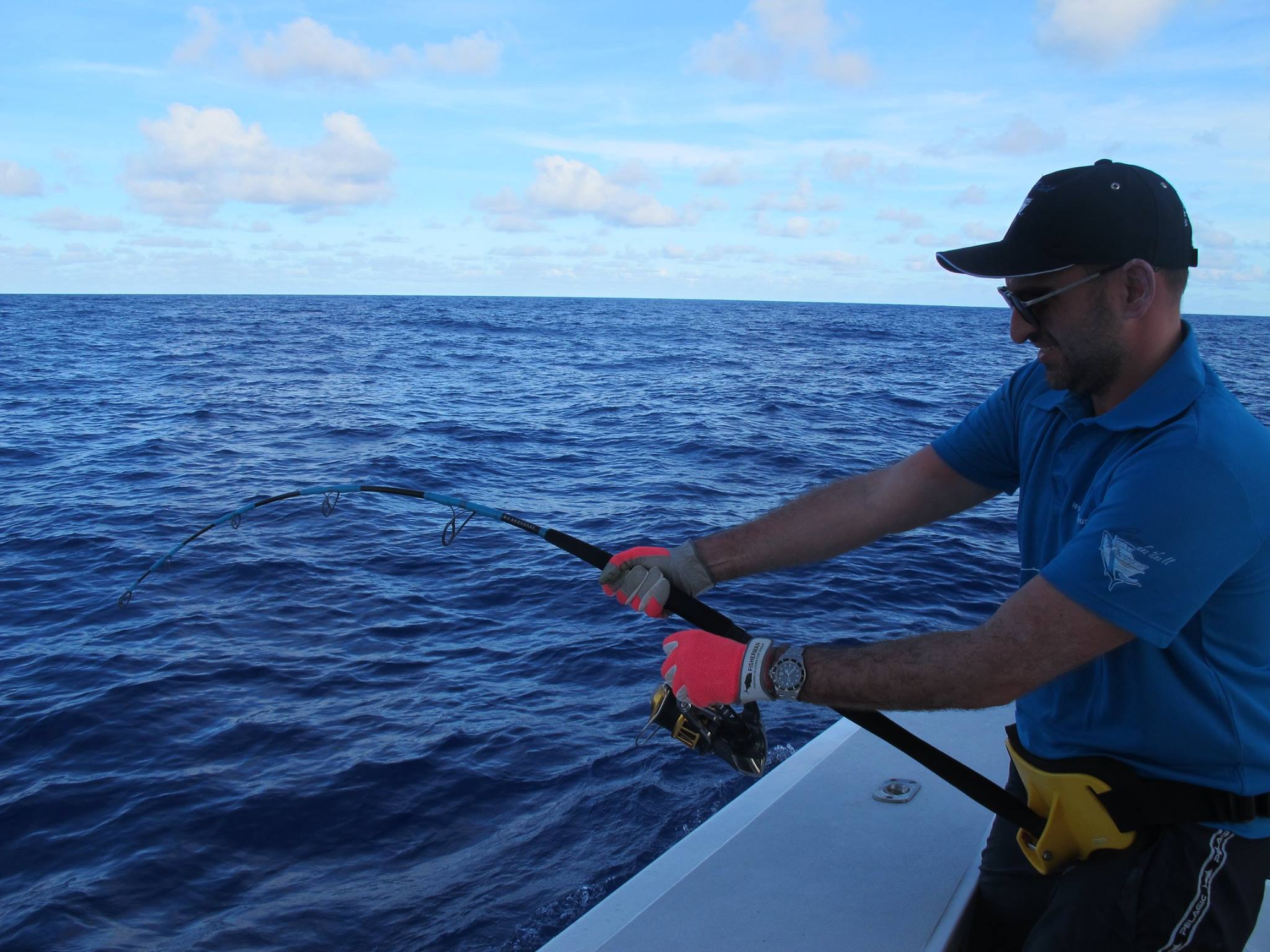
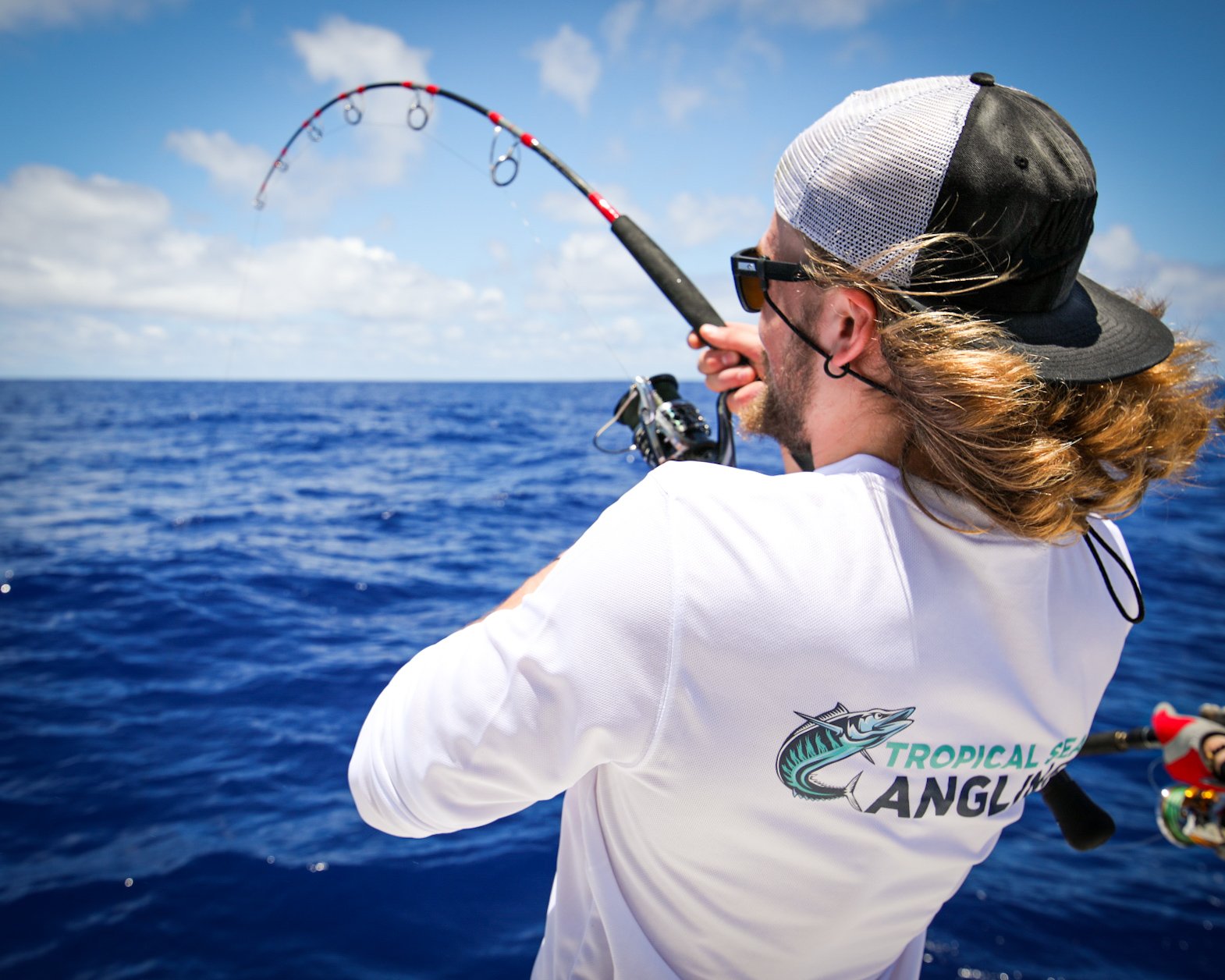

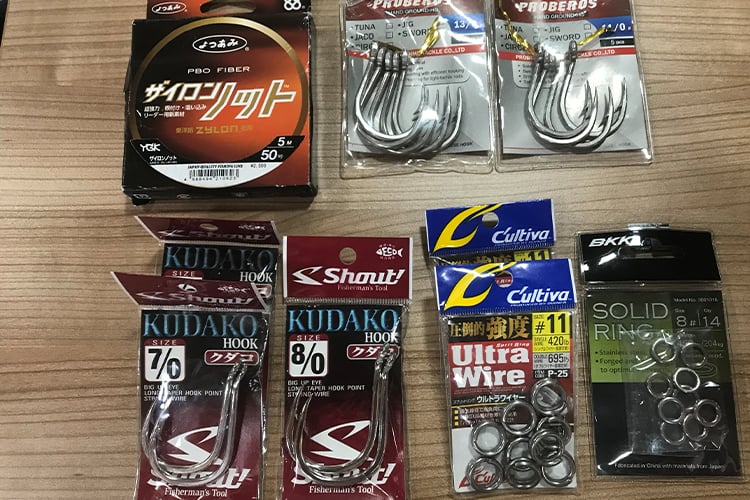
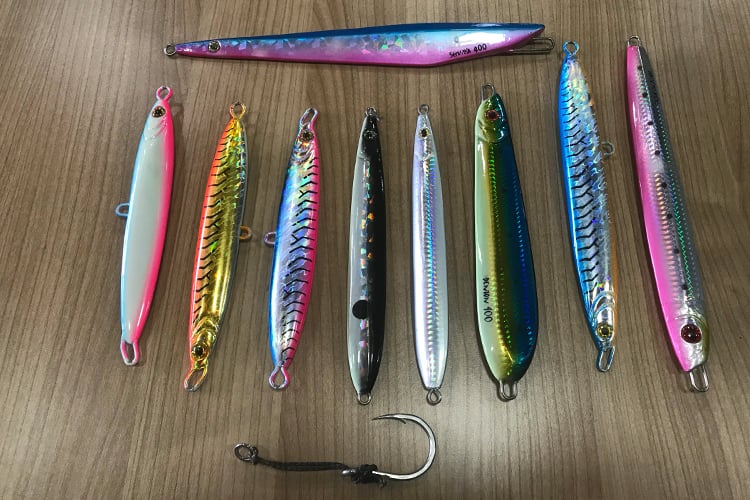
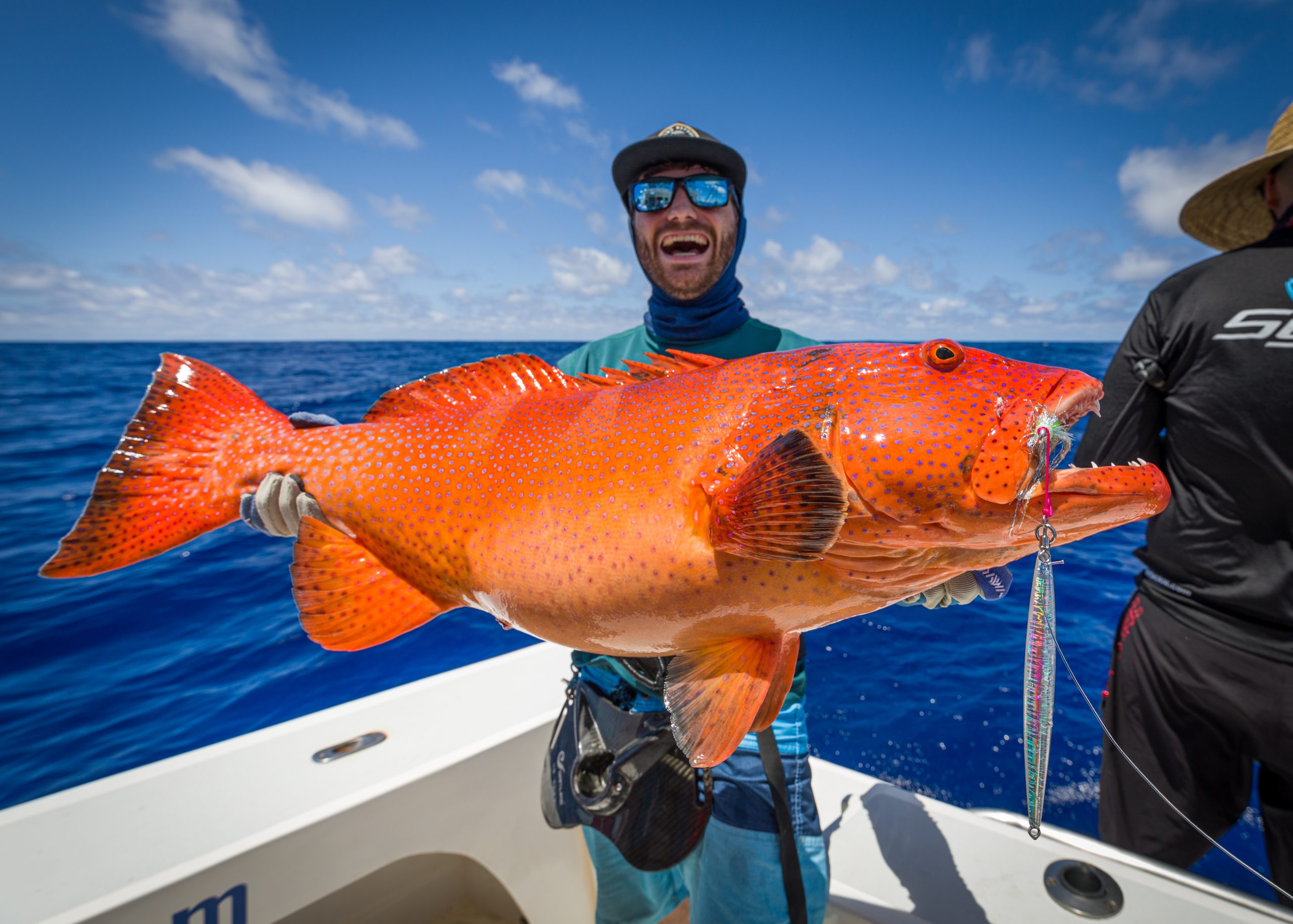
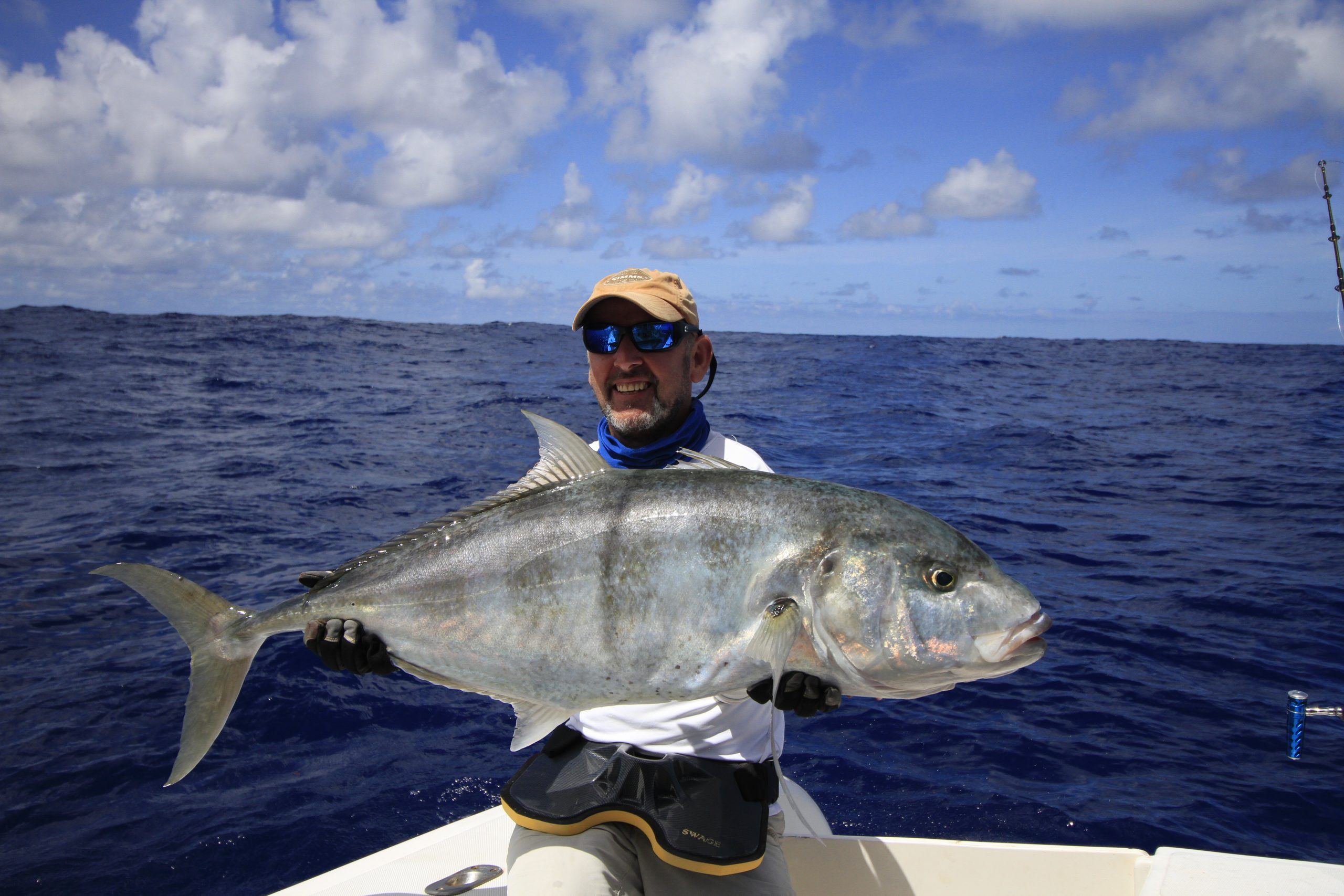
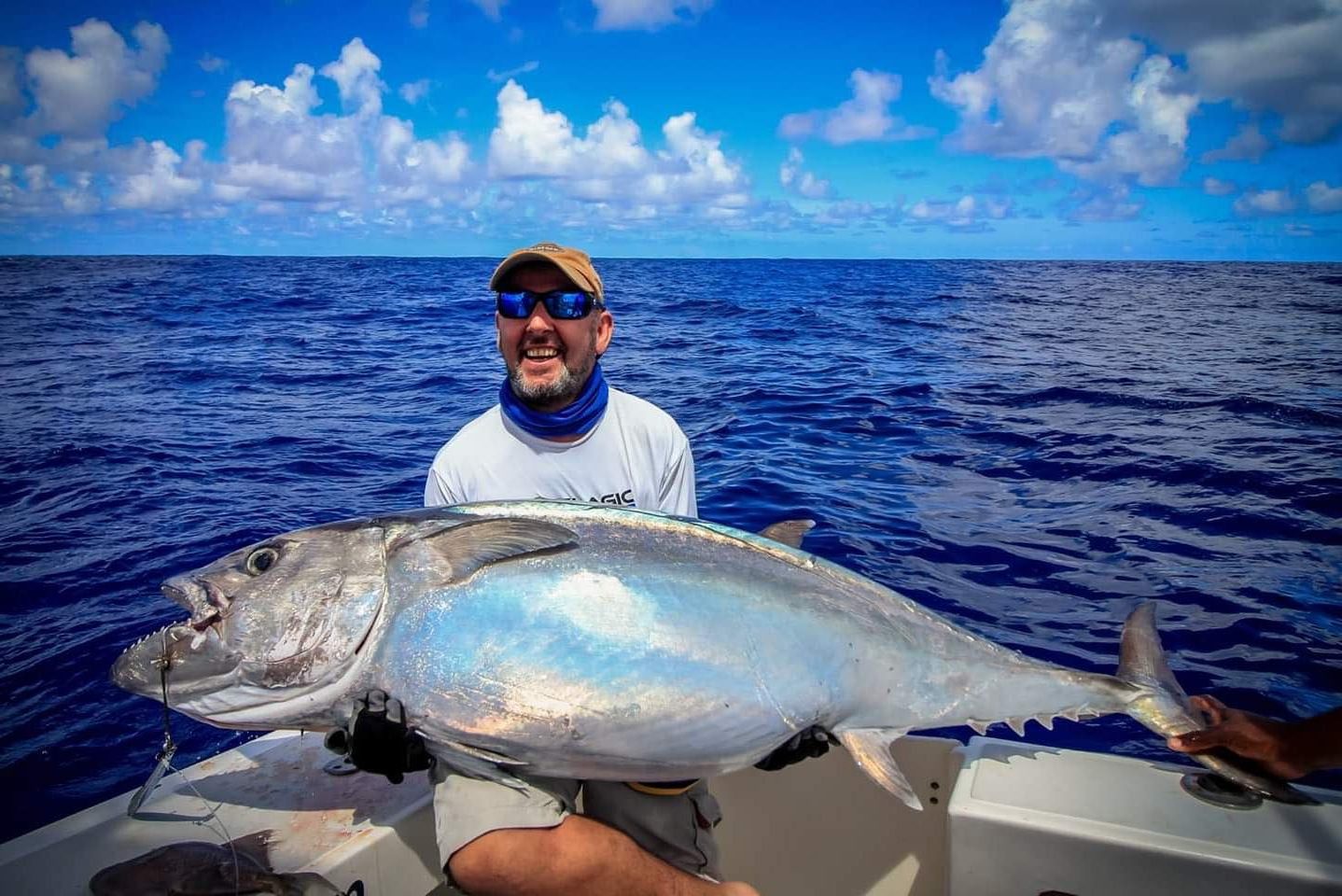
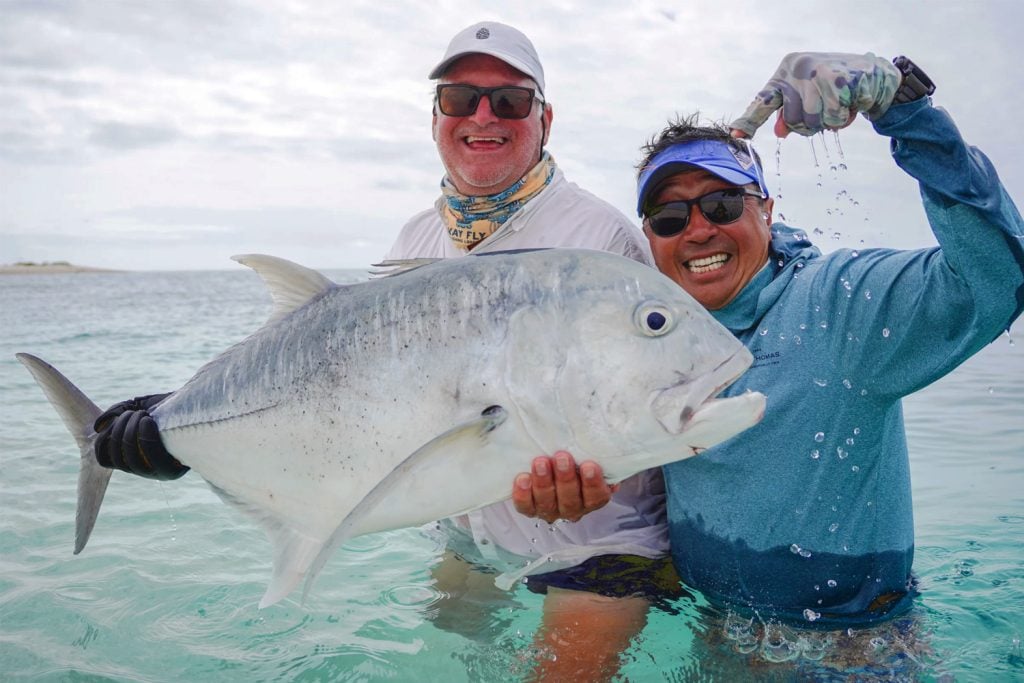
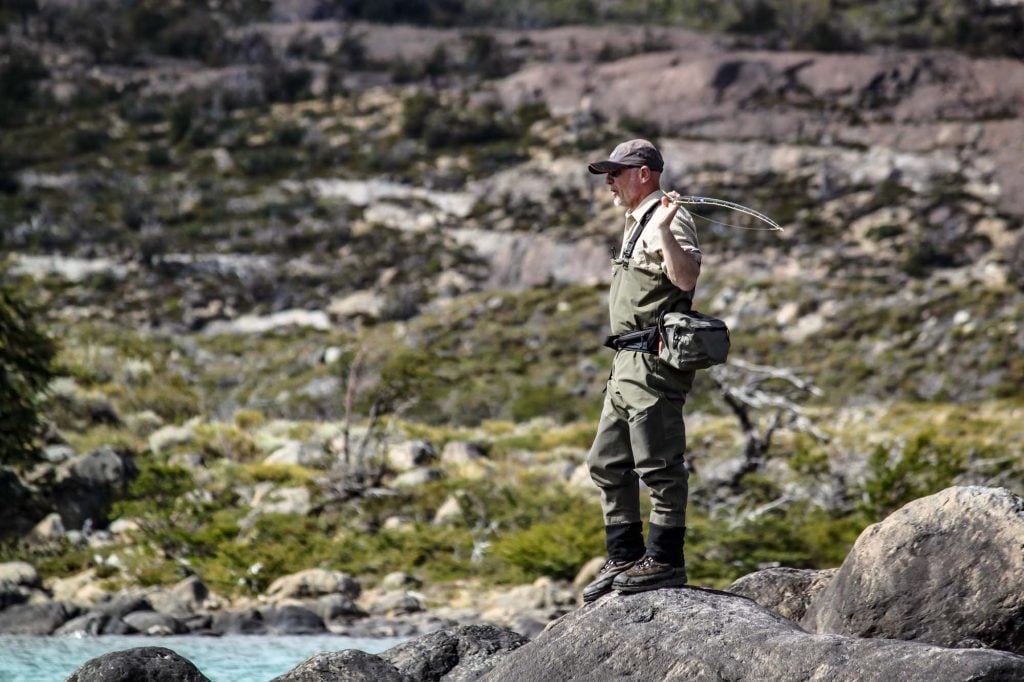






1 comment